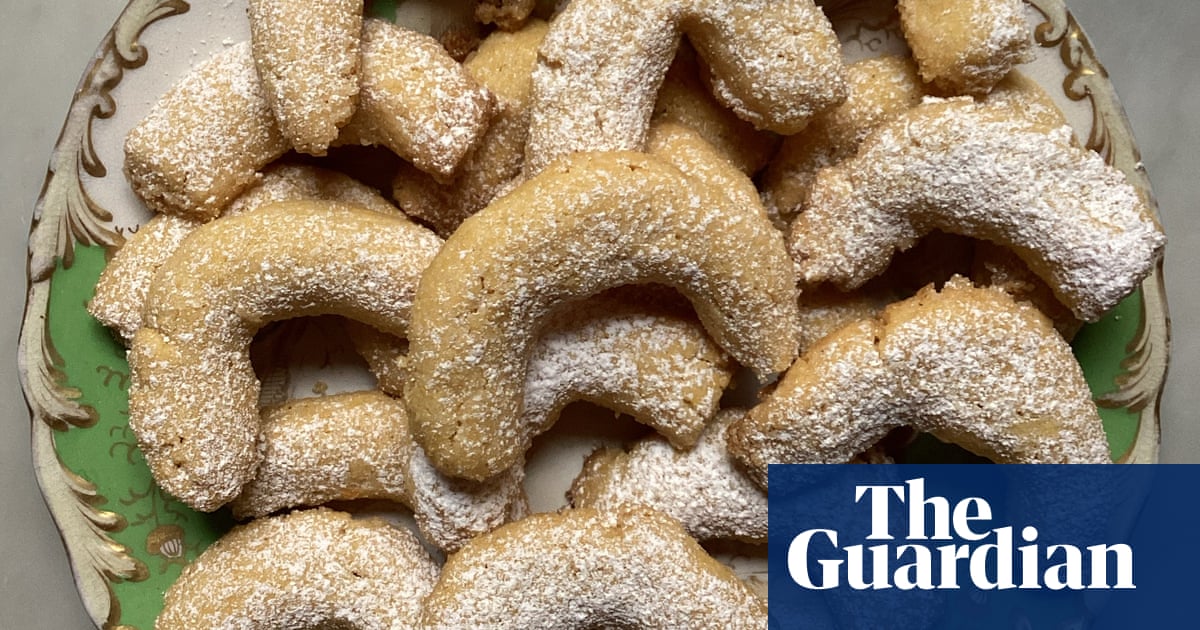Abook that I hope gets translated into English is Alberto Grandi and Daniele Soffiati’sLa cucina Italiana non esiste– bugie e falsi miti sui prodotti ei piatti cosiddetti tipici(Italian cuisine does not exist – lies and false myths about products and dishes considered typical). The title is as provocative as the book is fascinating in the way it dismantles the legendary origins and marketing of “typical” products and “traditional” dishes to reveal engrossing histories, often more recent and inextricably bound to exchange and migration (Grandi is a professor of food history and economics at the University of Parma). In fact, far from taking anything away, the book makes a rigorous and constructive contribution to a bigger, more interesting global conversation about the past, present and future of food. It is also very funny.
I mention this having picked up the book to re-read the chapter on polenta. Grandi reminds us that it is a category of food (rather than a specific one), with polenta being a cooked mixture (the ancients called itpuls, which is Latin for “a mush”) made from something ground into flour and water. Historically, polentas were made from barley, oats, rye, millet and buckwheat, until the second part of the 18th century, when cornmeal cooked into polenta became a principle source of nutrition for many in the north and central regions of what is now Italy.
Grandi’s pragmatic, unsentimental but empathetic writing is welcome in this chapter as he explains the role of polenta right up until the 1980s. He also observes that, when we put our slice of polenta next to the sausages and bacon on the barbecue, “we are not repeating an ancient gesture, we are just demonstrating for the umpteenth time the enormous gap that exists between today’s food variety and the unrelenting monotony of our ancestors’”. I interpreted this as him saying that, by seeing things as they really were, rather than indulging in a misty romanticism, it allows us to understand better and celebrate more.
With this in mind, today’s recipe is a polenta biscuit inspired by a combination of three things: the polenta biscuits of Molise in southern Italy; a biscuit from Piedmont calledkrumiri, which is shaped like a moustache (or curve, smile or boomerang), and what I had in the cupboard.
The biscuits will be delicate, and especially so when warm, so leave them to cool significantly before lifting them on to a rack to cool completely. While they do firm up, the biscuits retain a melting crumble texture thanks to the granular polenta. I find them irresistible with tea, coffee or alcohol. To serve, dust heavily with icing sugar and, if there are any left over, keep in a tight tin or plastic box.
Makesabout 30
100g caster sugar140g room-temperature butter2 egg yolks160g cornmeal(instant polenta is fine)100g plain flour, plus extra for dustingPinch of saltIcing sugar,to finish
In a large bowl or a food processor, beat the caster sugar and butter until combined, then add the egg yolks and beat again. Add the cornmeal, flour and a pinch of salt, and bring everything together into a soft ball of dough. Wrap in clingfilm and chill for an hour.
Line a baking tray with greaseproof paper and heat the oven to 180C (160C fan)/350F/gas 4. Working with lightly floured hands, break off handfuls of the dough, roll each piece into a 1cm-thick rope, then cut into 8cm lengths. If the dough cracks as you roll it, simply squeeze it and the warmth of your hand will mould it back into shape. Put the lengths on a tray and, if you want, use a fork gently to imprint the surface. Gently bend each biscuit into a curve.
If possible, and if the tray fits, chill in the fridge or put it in the freezer for 30 minutes, then bake for 12 minutes, until the biscuits are lightly golden. Turn off the oven, open the door, and leave the biscuits inside for 20 minutes to finish cooking. Leave to cool completely before lifting on to a rack.
To serve, dust heavily with icing sugar, and keep any leftovers in a tight tin or box.
